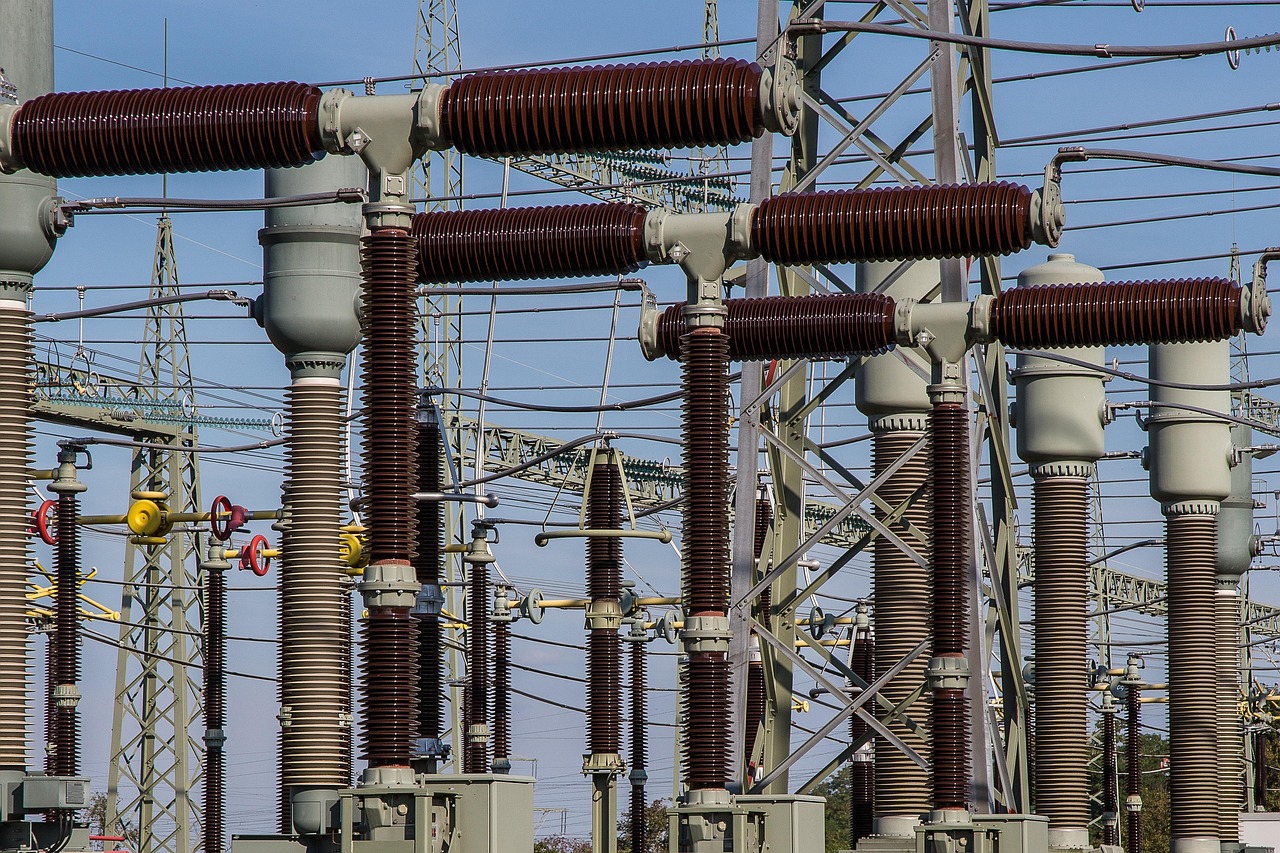Massachusetts SMART 3.0 Guide: What the New Solar Incentives Mean for You
SMART 3.0 – Overview
Massachusetts’ Solar Massachusetts Renewable Target (SMART) program is the state’s primary incentive plan to promote solar development. It is administered by the Massachusetts Department of Energy Resources (DOER). The program’s goal is to encourage cost-effective solar deployment while balancing ratepayer impacts, environmental protection, and equity.
2025 Program has 900MW total capacity and 2026 will reopen with new capacity.
SMART has gone through previous versions (1.0, 2.0) and has now entered its latest iteration:
What’s New in SMART 3.0
SMART 3.0 introduces several key changes intended to modernize the program and make it more adaptive, environmentally conscious, and equitable. Here are the major updates:
Annual Assessment for Capacity & Rates
Instead of incentive levels declining in blocks (which was the structure in older versions), under SMART 3.0 DOER will conduct an Annual Assessment. Each year, they will set:
- how much new solar capacity the program will allow (MW)
- the base compensation rates for different project sizes
- capacity set-asides (for example low-income, brownfields, etc.)
- any adders (bonuses) to compensation rates for certain types of projects
The annual assessment considers factors such as greenhouse-gas reduction goals, ratepayer impacts, solar installation and material costs, and participation levels, according to the Massachusetts Department of Energy Resources.
New Incentive Levels for Different System Sizes (for PY2025)
For 2025, DOER has set base compensation rates according to project AC capacity ranges.
Mitigation Fees / Land Use Considerations
Reporting on the program’s new land-use rules, Foley Hoag notes that SMART 3.0 adds mitigation fees for ground-mounted solar projects over 250 kW AC when they’re sited on undeveloped land without qualifying adders such as brownfield or dual-use agricultural.
The fees will be calculated per project based on environmental impact factors such as:
- carbon storage
- ecological integrity
- critical natural landscapes
- agricultural potential
- cumulative environmental impacts
- grid alignment
There are strengthened adders and incentives for projects that serve low-income customers or affordable housing, and community-solar projects face new requirements, according to PV Magazine USA:
- Minimum percentage of low-income customers: At least 40 % for standard community-solar projects; certain alternative models must enroll 100 % low-income customers.
- Customer discounts: At least 10 % off for market-rate subscribers and 20 % off for low-income subscribers.
Simplification & Consumer Protection
The program now provides a flat incentive rate for residential (small) systems, making calculations easier. There are also new provisions to protect consumers: ensuring fair contracts, clear disclosures, and other consumer safeguards.
Timeline & Regulatory Status
- Emergency regulations filed June 20, 2025.
- Final regulations filed August 28, 2025. Effective September 12, 2025.
- Applications under SMART 3.0 begin October 15, 2025 for Program Year 2025.
What These Changes Mean for You
SMART 3.0 responds to weaknesses in earlier versions. Some of the motivations include:
- Under the previous declining block model, compensation rates dropped sharply when blocks filled, making solar projects less predictable, especially for smaller residential or non-developer players.
- Some projects were receiving very low or zero incentives in certain territories because of how electricity rates (the “Value of Energy”) have changed and how blocks were structured.
- Desire to align solar growth with environmental protection, land conservation, and preventing negative side-effects of large ground-mounted solar deployments.
- Equity concerns: making sure low-income communities and customers benefit meaningfully, not just those who already have the means.
What Remains & What’s Transitioning
- SMART 1.0 & 2.0 are winding down; their rules remain in effect for projects already under those regulations until their eligibility ends.
- The new regulations bring in a more dynamic system (Annual Assessment) rather than fixed block-declines. Because of that, rates and capacity allocations may shift year to year.
Key Considerations for Stakeholders
- Project developers and installers will need to pay close attention to how the mitigation fee calculations are made and whether projects qualify for adders to avoid or reduce those fees.
- Low-income housing developers and community solar operators have new opportunities, but also new obligations (e.g. enrollment quotas) to access the enhanced benefits.
- Landowners & host site proposers need to be mindful of siting constraints: certain lands (e.g. undeveloped land, core habitats, etc.) may trigger fees or be ineligible.
- Residential customers should check what incentive they’ll get, especially for small systems, where fixed rates apply, and whether pairing with battery storage yields better economic value.
- Policy-makers & the public will want to monitor how the annual assessments affect program stability and cost to ratepayers; balancing solar growth and environmental protection is complex, and implementation will matter.
Implications & Outlook
SMART 3.0 looks like a more flexible, environmentally sensitive, and equitable mechanism for pushing Massachusetts’ solar deployment forward. Some likely implications:
- Greater predictability for solar developers (thanks to annual reviews) may help investment and market stability.
- The inclusion of mitigation fees and land protection factors could limit or steer large ground-mounted solar away from environmentally sensitive undeveloped lands, pushing more projects toward rooftops, brownfields, dual-use agricultural land, etc.
- Enhanced benefits for low-income and community solar participants could help reduce energy burdens for disadvantaged populations, and improve equity in clean energy transition.
- Because costs and incentive rates are being recalibrated, some projects that might have been viable under older rules may find the economics tighter, especially large ones on vulnerable land with high mitigation fee burdens.
Final Thoughts
SMART 3.0 represents a thoughtful evolution of Massachusetts’ solar incentive program. It holds promise for more sustainable solar growth—one that better balances environmental conservation, equity, and grid/ratepayer realities. Of course, as with all policy changes, the devil is in the details: how mitigation fees are set, how adders are applied, and how responsive DOER is in future annual assessments will matter a lot.
If you’re considering going solar in Massachusetts, now is a good time to review SMART 3.0’s details, talk to Sunrock, and evaluate whether your project can take advantage of incentives or adders under the new regime.
Are you an EPC, installer, or solar project partner in Massachusetts?
Are you an EPC, installer, or solar project partner working on projects in Massachusetts? We specialize in originating, financing, and acquiring solar and battery-storage projects and can help you navigate SMART 3.0’s new incentives.
If your business operates in multiple states, we also collaborate with EPCs and developers in California, Connecticut, Illinois, Maryland, New Jersey, New York, Pennsylvania, and Rhode Island.


.jpg)

